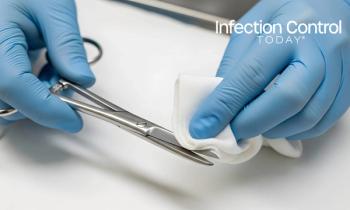
Building Better NICU Infection Prevention
Outbreaks in NICUs are particularly challenging in that not only are the patients vulnerable to infections, but often the design and layout of these units (often a pin-wheel configuration) coupled with family visits bring about inherent challenges.
Premature babies and the neonatal intensive care units (NICUs) where they often require care, are uniquely susceptible to infectious disease threats, making infection prevention efforts vital. The Centers for Disease Control and Prevention (CDC)
Outbreaks in NICUs are particularly challenging in that not only are the patients vulnerable to infections, but often the design and layout of these units (often a pin-wheel configuration) coupled with family visits bring about inherent challenges. Hundreds of outbreaks have been reported in NICUs and in
From the infection prevention perspective, there have been several things that made NICU infection control efforts challenging. NICUs are one of the few healthcare environments that allow for an open configuration, versus single-family room. The ability to use the pinwheel configuration and have multiple babies in several pods within a larger room is common and unique to the NICU environment. This set up though means that there is often more shared space and family/visitors are more likely to come into contact with surfaces/objects that are shared across babies.
For many infection preventionists with a NICU in their purview, a single case of a respiratory infection in the NICU can be alarming. NICUs can be especially vulnerable to those like respiratory syncytial virus (RSV) and influenza.
Infection prevention efforts are critical in this environment, but also must consider the layout of the unit and how best to consider human factors and work processes that might put patients at risk. Educating and working with family/visitors to ensure hand hygiene and basic infection prevention efforts can make a huge difference. Moreover, rounding in these areas to observe if disinfection practices are being done appropriately, as well as other infection control measures, can help break the chain of infection.
Newsletter
Stay prepared and protected with Infection Control Today's newsletter, delivering essential updates, best practices, and expert insights for infection preventionists.






